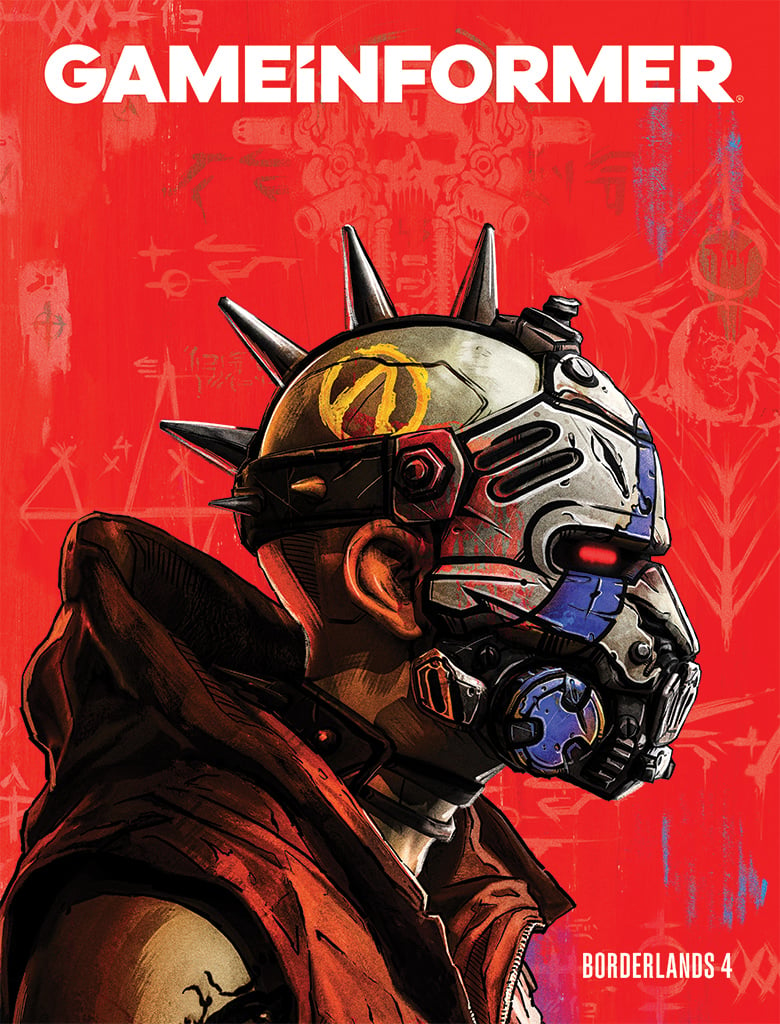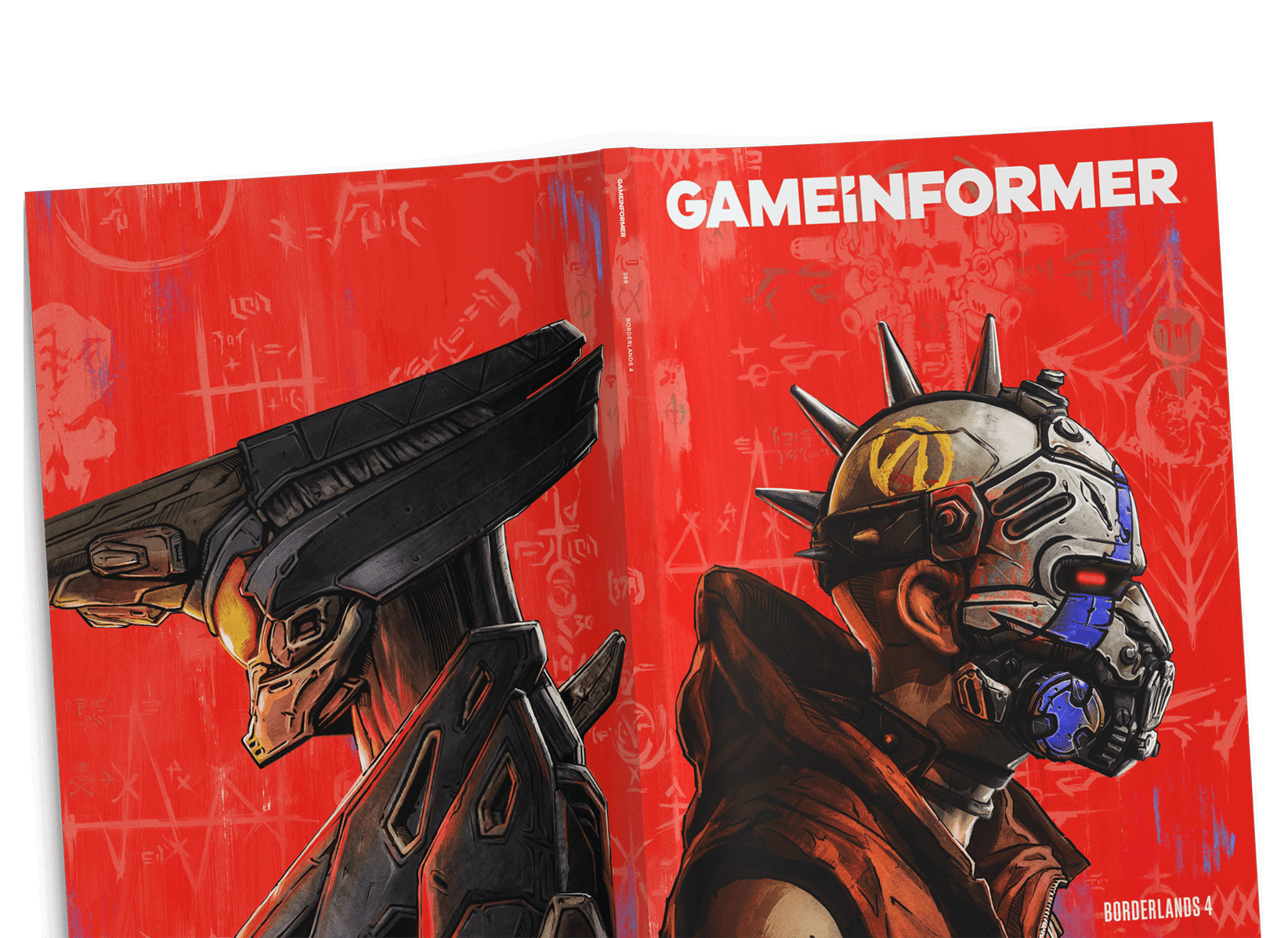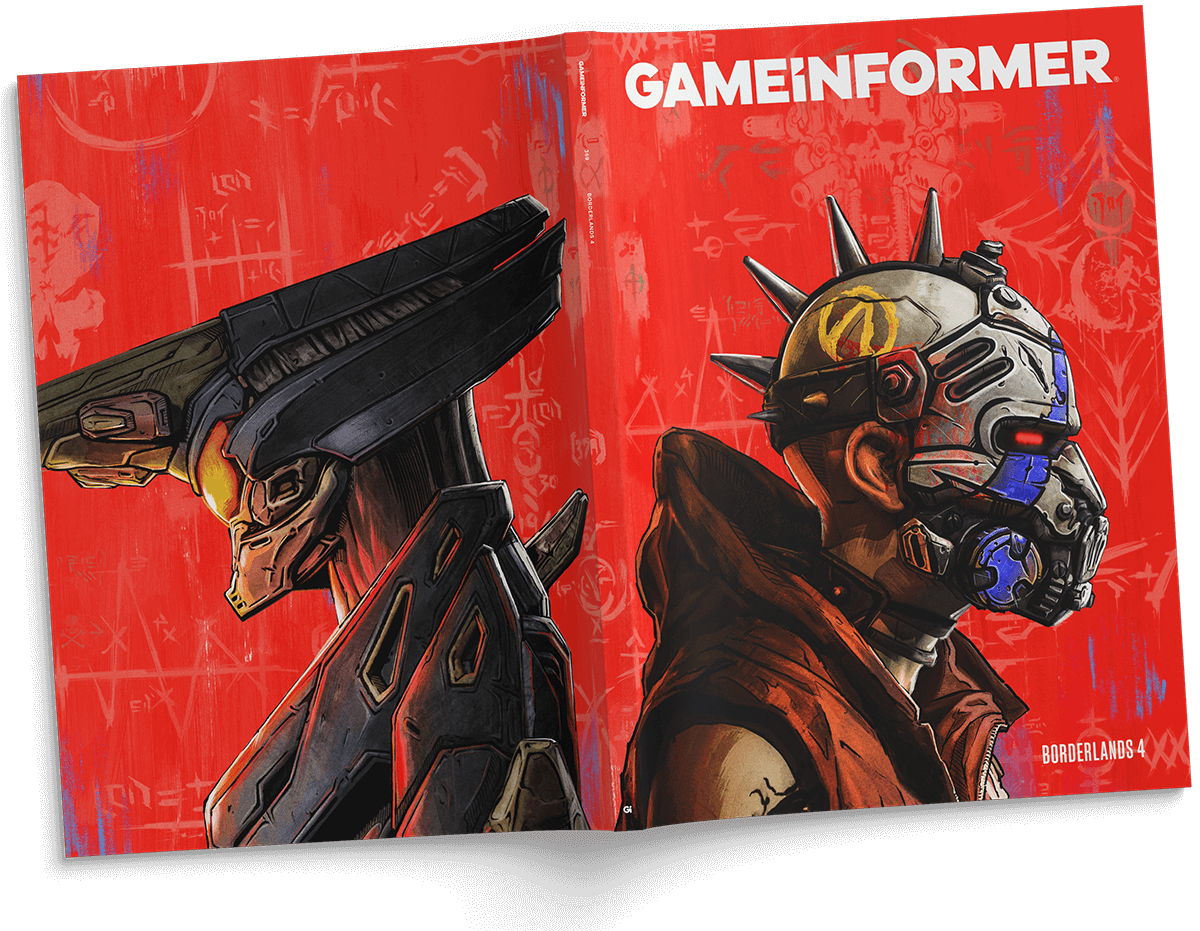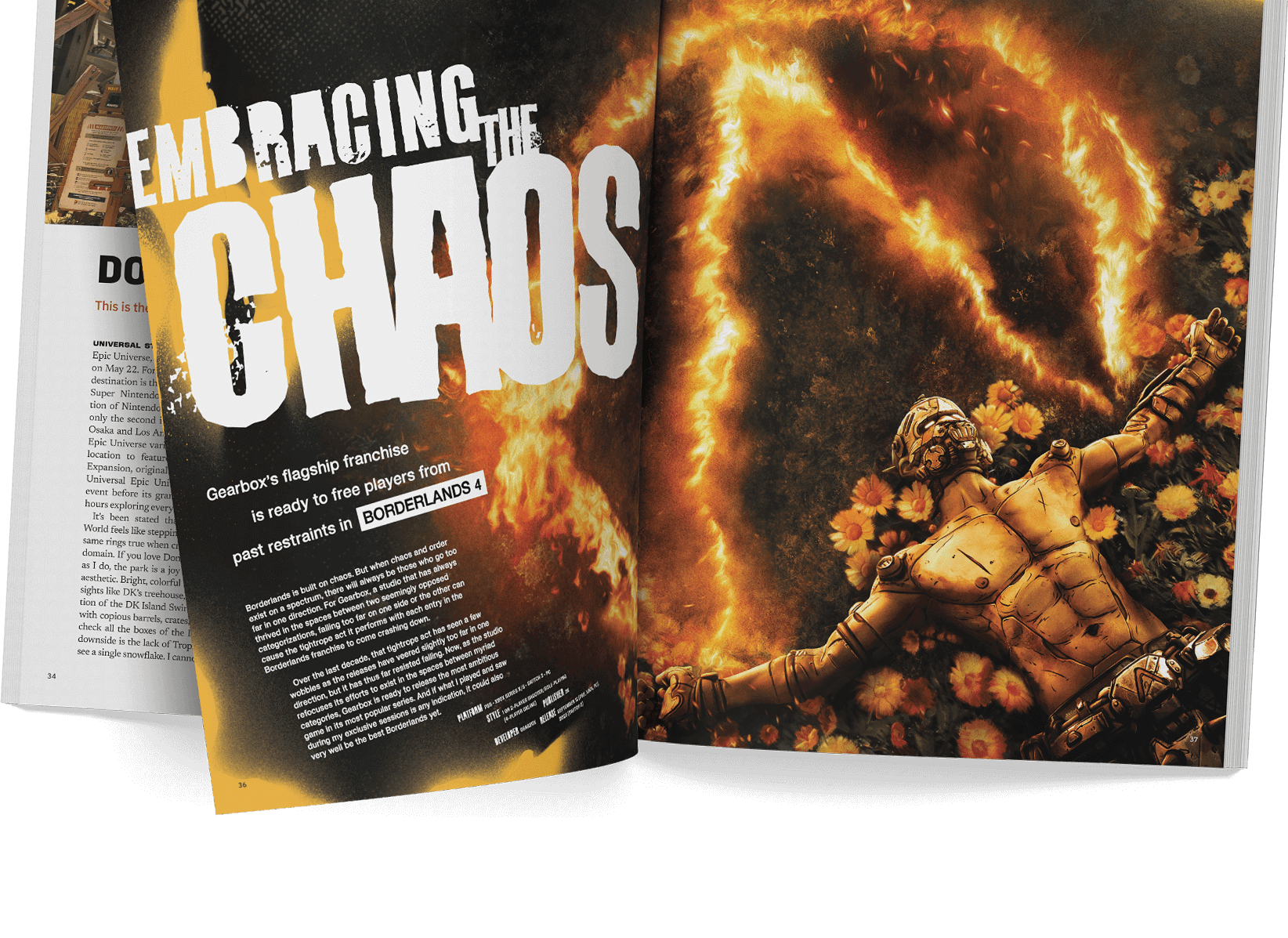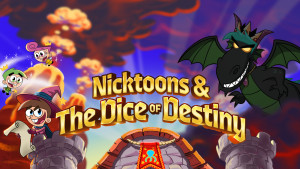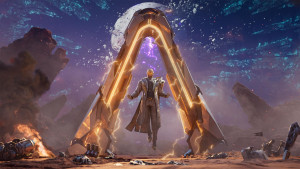Holiday Weekend Flash Sale on Our Magazine! Subscribe Now
The Mighty Quest for Epic Loot
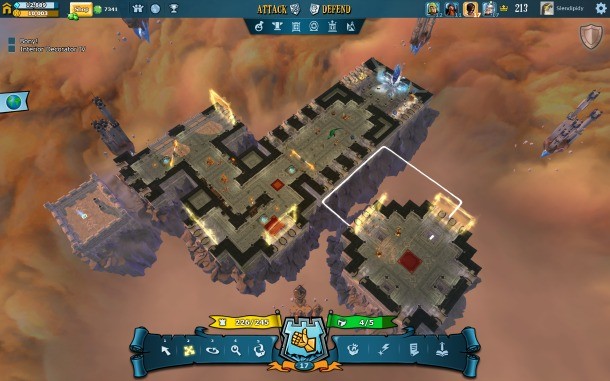
As the name of the game implies, The Mighty Quest for Epic Loot is about accumulating as much wealth as possible. It’s also a solid RPG in the vein of Diablo that manages to bring some new ideas to the free-to-play market.
Upon starting the game for the first time players are treated to a funny pop-up-book retelling of the history of the super-rich realm in the clouds known as Opulencia. The wealthy citizens of Opulencia (other players) build massive castles and fill them will all manner of traps, monsters, and hazards to protect their cherished wealth. It is your mission to fight your way through their machinations and score the hoard of gold at the end while defending your loot with a castle of your own.
Once the introductory sequence is complete, you choose your character. All your standard RPG classes are here, the Knight, Archer, and Mage, but each comes with a ridiculous name and a quirky personality that matches the game’s not-so-serious tone. Being the heavy metal fan that I am, I opted to go for the games recently introduced premium class, the head-banging Runaway.

The Runaway plays as a reckless melee combatant that wield axes, scythes, spears, and isn’t afraid to put herself in harm’s way. She has several long-range, rock n’ roll inspired attacks as well as distance closing moves that let her dive head-first into a mob of enemies before unleashing a whirlwind of ax blows. As you hack your way through enemies the loot drops frequently, ranging from gold to new equipment for your character. After cleaving my way through the game’s first few dungeons and leveling up a handful of times, I was finally granted a castle in the clouds to call my own.
The Mighty Quest for Epic Loot then shifts over to its other defining gameplay feature – dungeon management. From your castle you purchase and build structures, such as summoning portals or the blacksmith, which allow you to populate your castle with a variety of monsters, traps, and generally painful things. Upgrading your castle costs gold and life force, both of which are obtained by building and upgrading mines in your castle and raiding the castles of others.
Curiously, as fun and responsive as the game’s action RPG moments were, I found myself more drawn to the dungeon-creating portion of the game. I have no affinity for crafting games like Minecraft or map editors. I am not usually a gamer that enjoys creating. I would much rather have professional game designers do it for me and let me play it. But strangely, I found myself obsessed with making sure every part of my dungeon layout was fine-tuned to perfection in an attempt to create an impenetrable fortress of despair. I grouped my evil minions and altered their aggro ranges so that an intruder alerting one creature would cause a whole swarm of them to attack. I adjusted my flame turret positions and planted my tar traps so there was absolutely no way a thief could get to my gold unscathed. And I did it all without construction times or energy meters. This, my friends, is the real Dungeon Keeper.
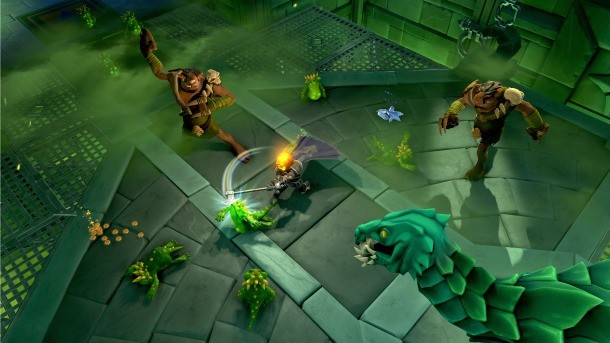
It’s here where I think Might Quest for Epic Loot’s true potential lies. While the game’s combat and progression is satisfying, I am much more excited to see what elaborate labyrinths of death players can create. The problem is that so far at early levels most of the dungeons designed by players are painfully easy and rarely consist of more than one or two rooms. However, when you do encounter a deadly castle that you know was designed by a fellow dungeoneer and you manage to conquer it, the game becomes much more enjoyable.
This unique environment, a game almost completely designed by players, is both The Mighty Quest for Epic Loot’s saving grace and its biggest problem. The amount of fun you are going to have is 100 percent determined by how much effort other players put into their castle designs. If players treat their dungeons as an afterthought and create uninspired and easy-to-conquer castles, then the game quickly becomes boring. It is in your best interest to craft the most difficult dungeon possible – the game rewards you for defeating other players or punishes you when other players conquer your castle. When you raid another player’s castle and reach their loot, you actually take their loot. It is a small amount, but if a handful of players are robbing you on a daily basis it can add up.
It is interesting then why so many dungeons are lackluster. Part of the reason may come from the way in which Mighty Quest publishes your dungeon for the world to play. Before your dungeon can become open to the public for raiding you must first prove it is beatable by finishing the dungeon yourself. It’s a clever system that prevents the creation of impossible scenarios. The issue is that any change you make to your dungeon, even one so minor as moving a trap or monster one tile to the right, requires you to revalidate your dungeon and slog through it again before publishing. After watching replays of players clearing my dungeon, I pinpointed my castle’s weaknesses and decided to make some small, but I believed to be meaningful, changes. After multiple tweaking sessions, I became hesitant to make minor fixes in my castle design, simply because I didn’t feel like running through it for the fifth time. I imagine many players feel the same way. The results are less-than-optimized dungeons made not because lack of creativity, but rather because it is mind numbing to run through the same dungeon over and over again.

As I raided and refined my dungeon I surprisingly found myself forgetting that The Mighty Quest for Epic Loot was a free-to-play game. In fact, I had trouble figuring out how spending real-world cash on the game’s premium currency, Bling, could help me. At the start of the game you can choose one class from among the Knight, Archer, and Mage for free. Additional classes cost Bling. Aside from that, it can be used to buy temporary experience point, gold, or life force boosts as well as cosmetic themes for your castle – all fairly standard free-to-play practice. None of it feels like it cheapens the experience. I played for roughly four hours and never felt like I wasn’t making progress or needed a boost to continue. It’s a far cry from the previous version of the game, which featured build times for projects in your castle and prompted players to spend cash to speed up the process, and it shows that Ubisoft is at least listening to player feedback.
The game is currently in open beta and is subject to change; it certainly has over the past few months. As it stands now, The Mighty Quest for Epic Loot is an interesting experiment in the free-to-play realm, but only time will tell if players can continue to entertain themselves. For good or for ill, this is a game that is completely player-driven. Even if that drive mostly comes from greed.
